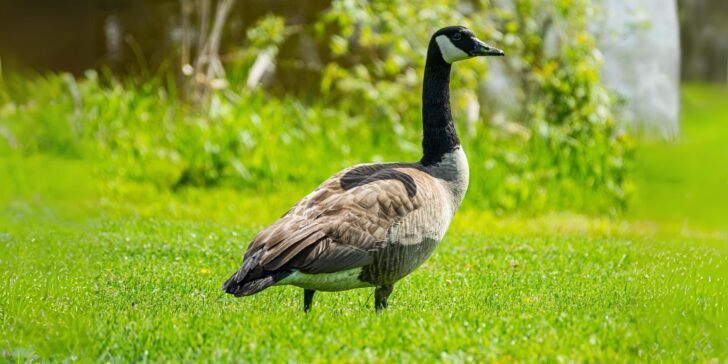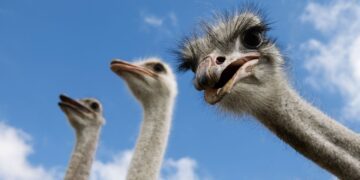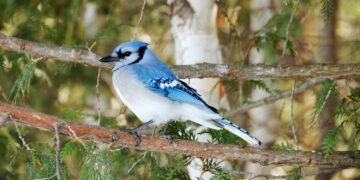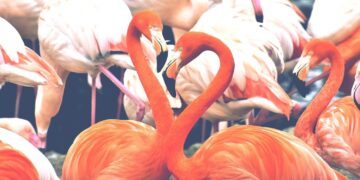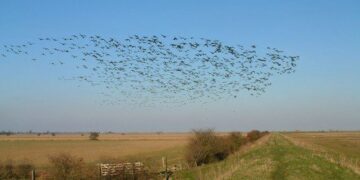Geese’s aggressive nature makes them excellent protectors, but that’s just one of the many roles they play in nature and history.
From ancient guardians and messengers to natural lawnmowers and cultural symbols, geese have been integral to our lives in surprising and significant ways.
Take a gander at these 15 remarkable facts to discover how these feathered friends have made their mark on the world.
Geese are loyal to their partners and friends.
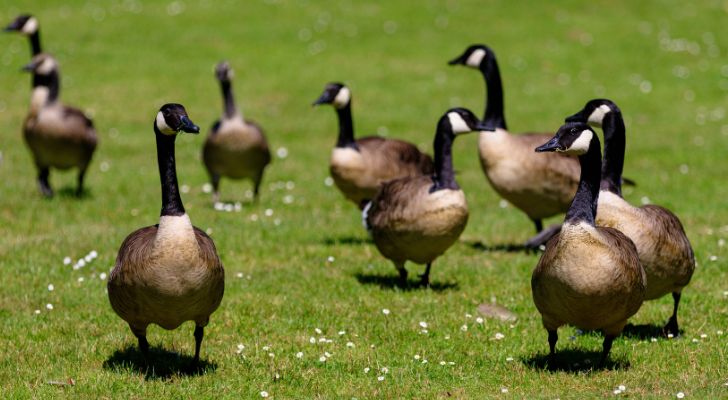
Geese are known for partnering up for the long haul, often mating for life. This loyalty isn’t just romantic; it’s practical, too, as it helps them raise their young more effectively.
When they lose their partner, they also show signs of mourning.
This doesn’t mean they are entirely monogamous, though. One study states that up to 40% of the chicks a male goose helps to raise aren’t his offspring.
A very brave goose was once enlisted in the British army.
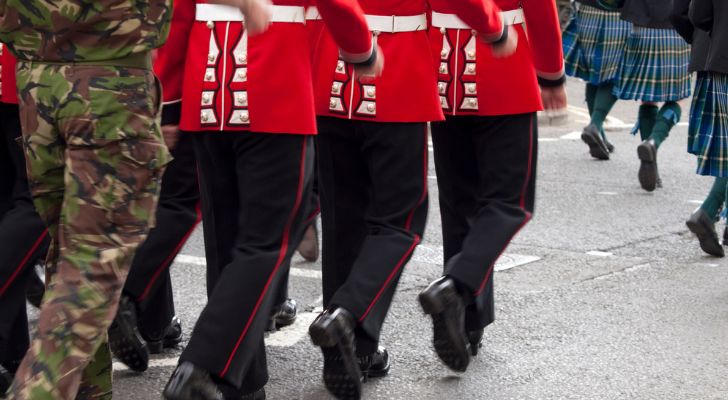
Jacob the Goose served in the 2nd Battalion Coldstream Guards of the British Army. He helped patrol regularly with the men and alerted officers to enemies sneaking up on the sentry.
While deployed in Canada, Jacob the Goose received a gold gorget and a good conduct ring for his heroic actions defending against the French rebels.
On their return to London in 1842, Jacob continued his duties at the regiment’s Portman Street Barracks in London.
Geese are expert navigators.

Geese are well known for their long migratory journeys.
Researchers believe they use landmarks, the Sun, stars, and Earth’s magnetic field to navigate, with the help of magnetite in their beaks.
Canada geese have been known to fly from Canada as far down as Northern Mexico, often returning to the exact same places every year.
Geese communicate in many different ways.
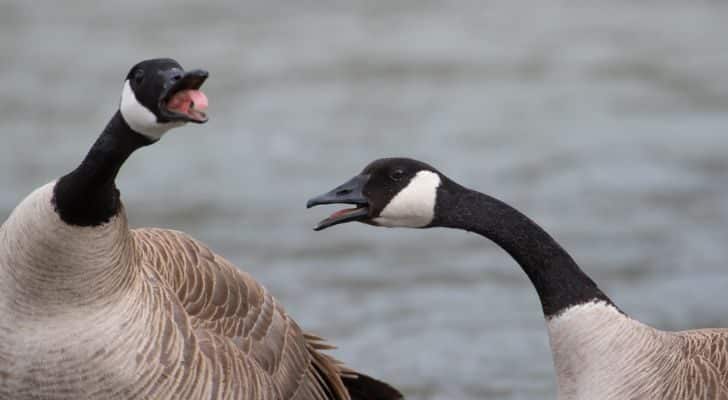
These birds are pretty talkative, using a variety of honks, hisses, and cackles to communicate everything from warnings to greetings within their flock.
Of course, geese also have mating calls, and the male makes long, rhythmic chants to attract a mate.
Geese often make loud honks when they see their partner again after being away.
Body language is also used during courtship displays and to indicate feelings of aggression. If you see a goose extending its neck and flapping its wings at you, back away slowly.
Prehistoric geese were as big as cows!

If you thought the geese in your local park were scary, think again.
These prehistoric geese grew to 9.8 feet (3 meters) tall and lived in modern-day Australia between 24 and 5 million years ago, during the Miocene period.
The Latin name for this giant bird is Dromornis stirtoni. Weighing in at a maximum of 1,322 lb (600 kg), it wasn’t just the largest goose ever but also one of the largest birds!
This and other factors found in the bone structure show that this was probably a flightless bird.
AI has been trained to recognize goose faces.
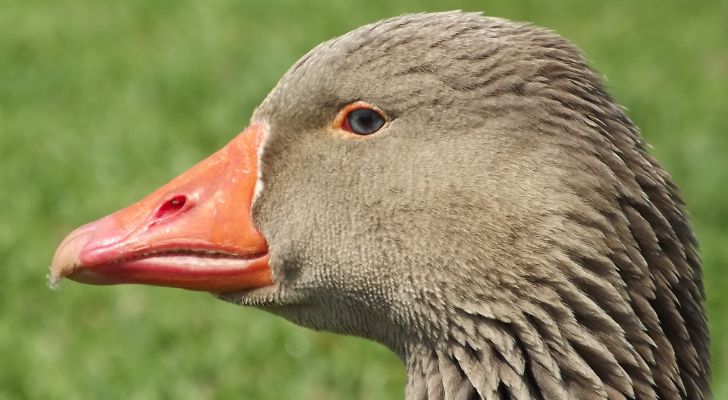
A team of researchers at the Konrad Lorenz Research Center in Vienna taught an AI program to recognize goose faces. The team and its director, Sonia Kleindorfer, were able to do this at 97% accuracy!
With this technology, they’re able to track the social structures within flocks of geese more clearly.
Kleindorfer said of geese’s social lives: “Geese have such drama. There are archrivals, jealousy, and retribution.”
Geese are able to withstand extreme cold.
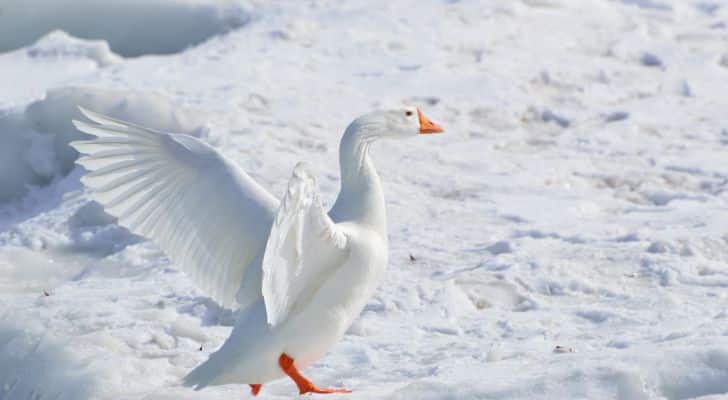
Although geese are known for flying to warmer weather, they are very capable of surviving in cold temperatures.
Their outer layer of feathers has an oily coating, ensuring they stay dry, while their lower fluffy coat, known as goose down, is perfect insulation.
Their veins and arteries are also positioned so that as warm blood pumps to their extremities, it warms up the blood on its way back to the heart.
This helps keep their feet warm as they walk and swim through cold wetlands.
Geese play a role in folklore and mythology worldwide.
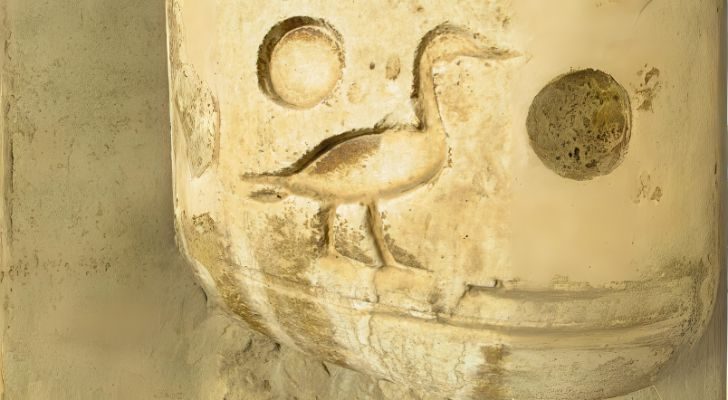
Geese are often seen as symbols of fertility, creation, and even loyalty.
Ancient Egyptians believed they represented the human soul of the deceased and were messengers between the heavens and Earth.
According to legend, at the beginning of time, a goose called “the Great Honker” laid the golden egg that is the Sun.
In Hindu mythology, the god Brahma is often depicted riding a goose or hamsa. The Greeks, Celtics, and Native Americans also joined in!
High-flying geese are a nightmare for commercial planes.
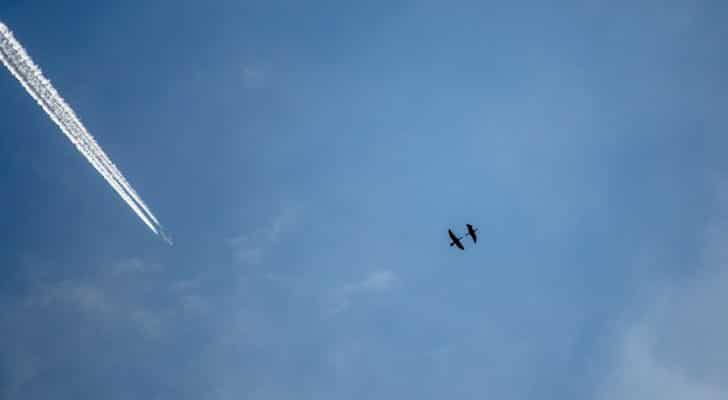
During migration, a bar-headed goose was recorded flying at altitudes of up to 7,290 m (23,920 ft). Bar-headed geese fly over the Himalayas into warmer regions in India during winter.
At these heights, they have less than half the oxygen than at sea level, where, without supplemental oxygen, humans wouldn’t survive.
It’s not just the bar-headed goose that flies so high, though, with many geese being a huge problem for planes.
Canadian geese, for example, famously caused the crash of US Airway Flight 1549 into the Hudson River on January 15, 2009.
Geese practice communal parenting.
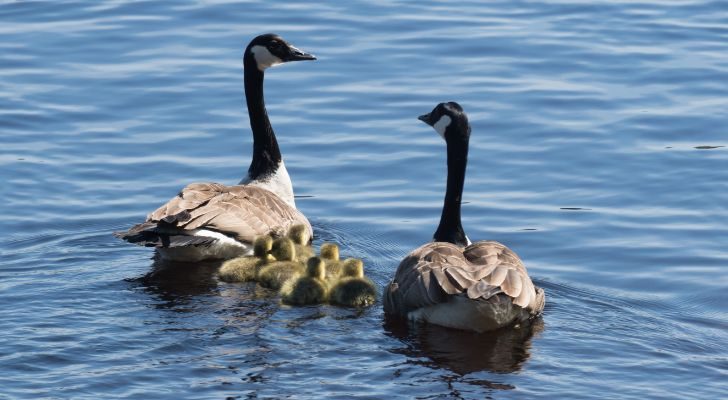
In some goose species, a few parents will look after all of the young in a crèche system, ensuring higher survival rates for the goslings.
Parents rotate the babysitting duties so they can forage and do other goose-related activities!
Sometimes known as “gang broods,” they can have over 80 goslings at a time.
In Chinese culture, geese symbolize love and marital fidelity.
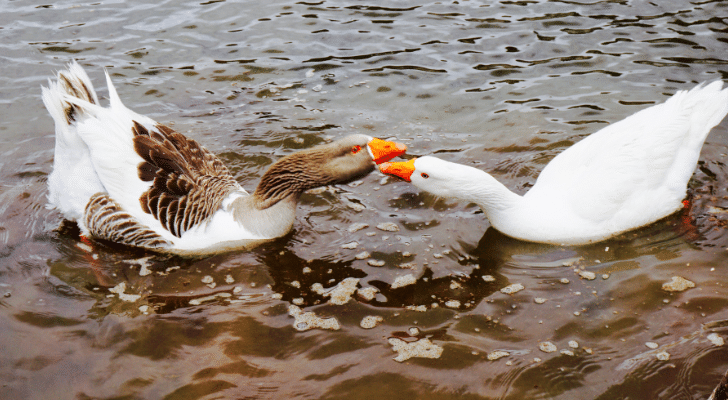
They are often featured in traditional art and literature as symbols of lifelong partnership.
For example, the Shijing (written between the 7th and 11th centuries AD) is the oldest existing collection of Chinese poetry and features many poems about geese.
The domestication of geese in China can be traced back to the Neolithic period (around 5,000 BC), during which time many stories and poems about geese were written.
Geese have incredible eyesight.

If you’re trying to sneak up on a goose, you will have a hard time. This is partly due to their eyesight.
Their eyes allow them to see more detail at a further distance than what we are capable of, as well as the ability to see UV light.
If that’s not enough, due to them mainly migrating at night and early morning, they can see in much darker places than us.
Ancient Rome was once saved by holy geese.
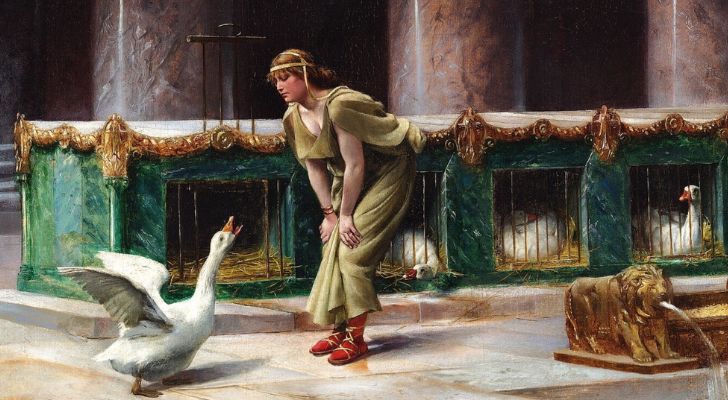
Geese were an important symbol to the people of Ancient Rome. They were considered a sacred animal of Juno, the queen of the gods.
In 390 BCE, during a lengthy siege on Rome, the relentless honking of the sacred geese at Rome’s Temple of Juno on Capitoline Hill was heard.
This alerted the townsfolk to a night attack by the Gauls, allowing them to defend the city successfully against Rome’s first sacking.
Some vineyards employ geese as natural pest control.
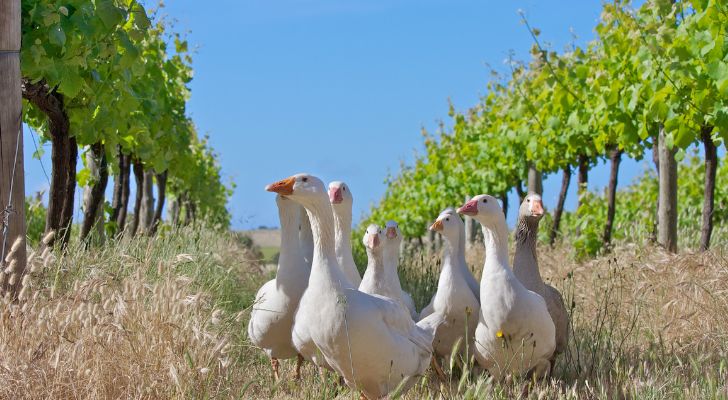
Geese help control pests by eating a variety of insects and weeds. Their presence in Italian vineyards reduces the need for chemical pesticides, promoting organic farming practices.
According to some, this natural way of growing grapes improves the quality of the wine. Maybe that’s their secret?
Vineyards and farmlands from Italy to South Africa use geese to help reduce pollution and cost.
While eating the bugs and weeds, they also help fertilize the soil as they walk through the farm.
Geese often sleep on water or on one leg.
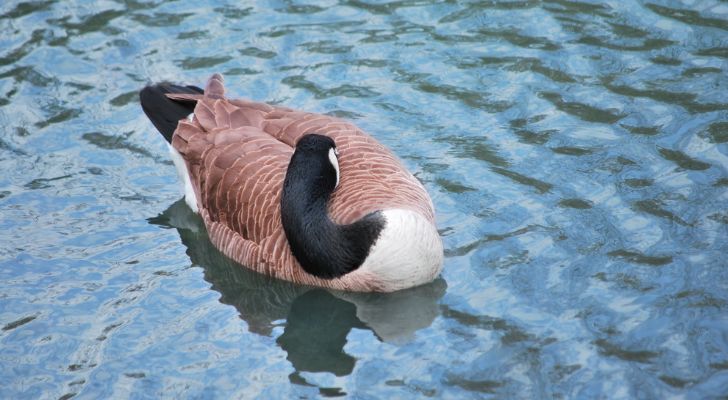
Geese have been known to sleep on water with their heads tucked under their wing. They do this because most of their common predators won’t follow them into the water.
Their sleep cycles are also much quicker than ours, allowing them to wake every few minutes to ensure they haven’t drifted away.
Biologists think geese and other waterfowl sleep on one leg to regulate heat.
Tucking one leg away means it doesn’t have to heat up both legs. However, it could just be a comfy way to sit!
Geese are more than just honking, frightening birds at the park; they’re fascinating creatures with a host of interesting traits and historical significance!
They are brave and intelligent birds, vital to the ecosystem, and have been that way for millions of years.
Next time you see a flock flying overhead, try to figure out where they are going or what they might be saying, or see if you can recognize your local geese!

